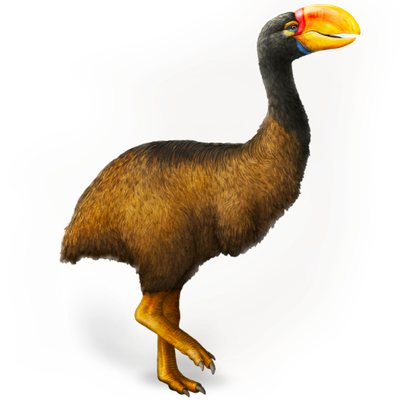Your search returned 2119 results
By Page Type
By Tag
- fish (966)
- blog (696)
- fishes of sydney harbour (401)
- First Nations (299)
- Blog (236)
- AMRI (169)
- archives (164)
- Eureka Prizes (146)
- Aboriginal and Torres Strait Islander (135)
- insect (126)
- Ichthyology (124)
- geoscience (109)
- minerals (102)
- climate change (100)
- podcast (94)
- Fish (91)
- Anthropology (89)
- International collections (80)
- Minerals Gallery (78)
- wildlife of sydney (78)
- Labridae (77)
- frog (74)
- gemstone (70)
- history (64)
- photography (64)
- Mollusca (60)
- gem (59)
- staff (59)
- Birds (56)
- Gems (56)
- Indonesia (56)
- education (56)
- shark (55)
- AMplify (54)
- people (53)
- earth sciences (50)
- past exhibitions (50)
- exhibition (49)
- Gobiidae (48)
- sustainability (46)
- Pomacentridae (45)
- Serranidae (44)
- lifelong learning (42)
- science (42)
- Earth and Environmental Science (41)
- Syngnathidae (41)
- Ancient Egypt (40)
- Bali (40)
- bird (40)
- dangerous australians (40)
-
Blue solutions to protect our oceans and waterways
https://australian.museum/learn/climate-change/climate-solutions/future-now-makers/blue-solutions/We need to support and protect our oceans, rivers, and other waterways from the detrimental impacts of climate change. Learn how these changemakers are supporting our waterways.
-
Volunteer experiences
https://australian.museum/get-involved/volunteer/stories/Discover some of the experiences shared by museum volunteers.
-
Two Museums and a Garden Palace
https://australian.museum/about/history/two-museums-and-a-garden-palace/The push for a new technology museum in Sydney was integral to the Museum's involvement with the 1879 Sydney International Exhibition.
-
Ryan Campbell
https://australian.museum/about/history/exhibitions/trailblazers/ryan-campbell/In 2013, became the youngest person to fly solo around the world.
-
Gabrielle ‘Gaby’ Kennard OAM
https://australian.museum/about/history/exhibitions/trailblazers/gabrielle-gaby-kennard/First Australian woman to circumnavigate the world by airplane.
-
Lawrence Hargrave
https://australian.museum/about/history/exhibitions/trailblazers/lawrence-hargrave/Engineer, explorer, astronomer, inventor, aeronautical pioneer.
-
Sir Hubert Wilkins
https://australian.museum/about/history/exhibitions/trailblazers/hubert-wilkins/Polar explore who was on the first flight in Antarctica and first submarine under polar ice cap.
-
Andrew Lock OAM
https://australian.museum/about/history/exhibitions/trailblazers/andrew-lock/First Australian to climb all 14 "eight-thousanders".
-
Paul Edmund de Strzelecki
https://australian.museum/about/history/exhibitions/trailblazers/paul-edmund-de-strzelecki/First European to discover and climb Mt Kosciuszko.
-
Andrew Harper OAM
https://australian.museum/about/history/exhibitions/trailblazers/andrew-harper/First person to walk west to east across Australia with camels.
-
Discover more
2025 Australian Geographic Nature Photographer of the Year
Special exhibition
Free entry
Now open -
Discover more
Unfinished Business
Special exhibition
Free entry
Now open -
Find out more
Surviving Australia
Permanent exhibition
Free entry
Now open![]()
-
Find out more
Burra
Permanent kids learning space
Free entry
10am - 4.30pm![]()
-
Discover more
Minerals
Permanent exhibition
Free entry
Open daily![]()





